What are Perennial Weeds?
Perennial Weeds are longer lived plants that can survive winter or regrow from roots, rhizomes or tubers in spring after a period of dormancy. Many weeds that grow from seed ...

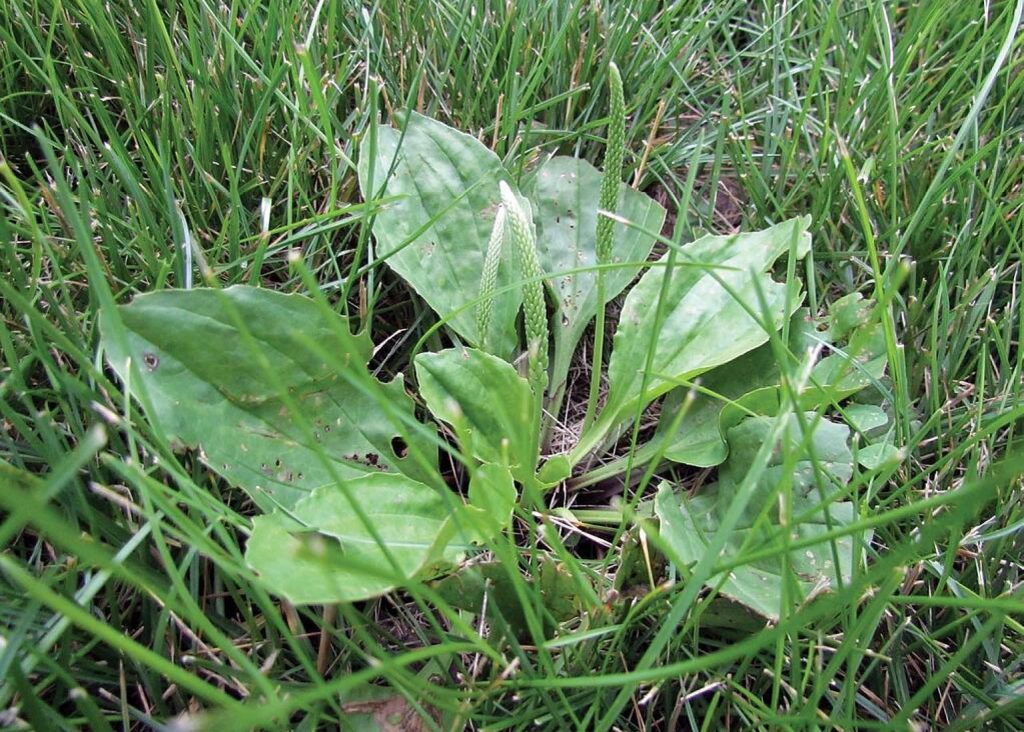 Broadleaf weeds can quickly ruin your beautiful lawn, creating an ugly eyesore in your green oasis. Unlike grass weeds, they tend to be easier to spot, which makes identifying the problem a bit easier. However, being weeds, they are very good at proliferating, and if left untreated, can quickly overrun your lawn.
Broadleaf weeds can quickly ruin your beautiful lawn, creating an ugly eyesore in your green oasis. Unlike grass weeds, they tend to be easier to spot, which makes identifying the problem a bit easier. However, being weeds, they are very good at proliferating, and if left untreated, can quickly overrun your lawn.
In this article, we’ll go through how to identify some common broadleaf weeds, and how to get rid of them.
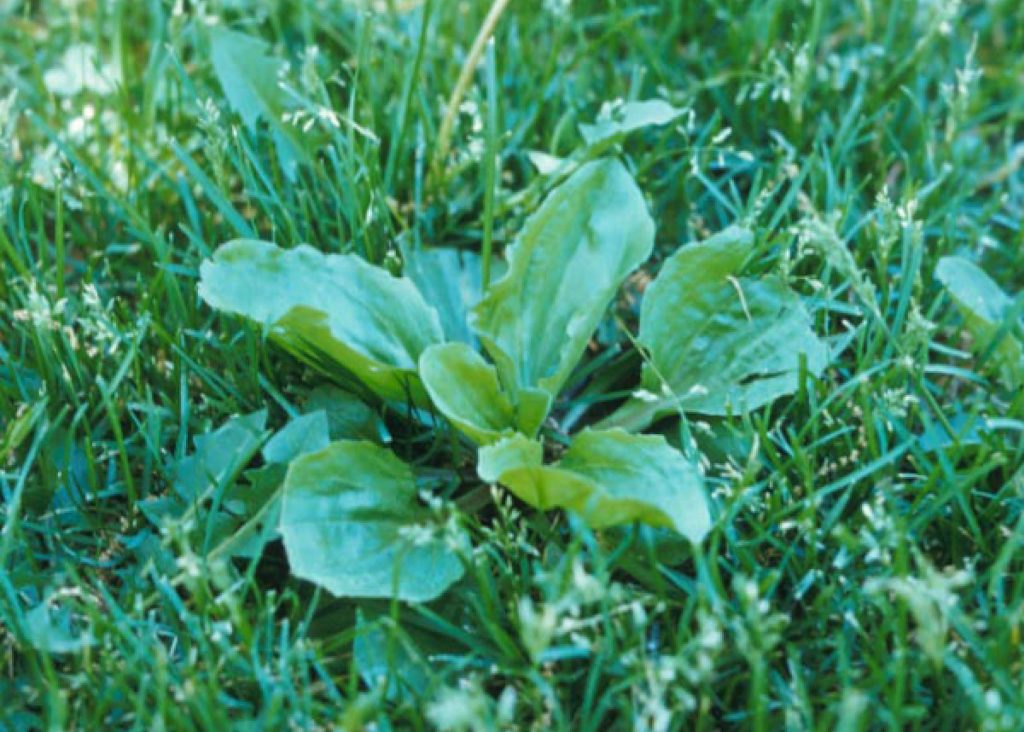 Broadleaf weeds are so named because they feature wide leaves that usually spread across the ground, often in a rosette fashion. They can appear in both summer and winter and can be either annual or perennial weeds.
Broadleaf weeds are so named because they feature wide leaves that usually spread across the ground, often in a rosette fashion. They can appear in both summer and winter and can be either annual or perennial weeds.
Broadleaf weeds are found in all parts of Australia, and depending on your local climate, can appear at different times throughout the year.
Annual weeds, as the name suggests, grow for a single year, and then die off. They grow from seed and will typically produce many seeds which will produce new plants the following year.
By contrast, perennial weeds can live for two years or more. They grow from both seeds and root material, which allows them to regrow from the same root system every year.
Broadleaf weeds are a diverse category of weeds with many different characteristics, but the one thing they have in common are wide leaves with a main vein in the centre.
Grassy weeds have a resemblance to lawn grasses, often making them more difficult to identify than broadleaf weeds. Grassy weed blades emerge as a single leaf and grow to have round, hollow stems and hard, closed joints (nodes) with alternating leaf blades on each side.
Learning to identify the difference between broadleaf weeds and grassy weeds is important to choosing the right method of control for your lawn.
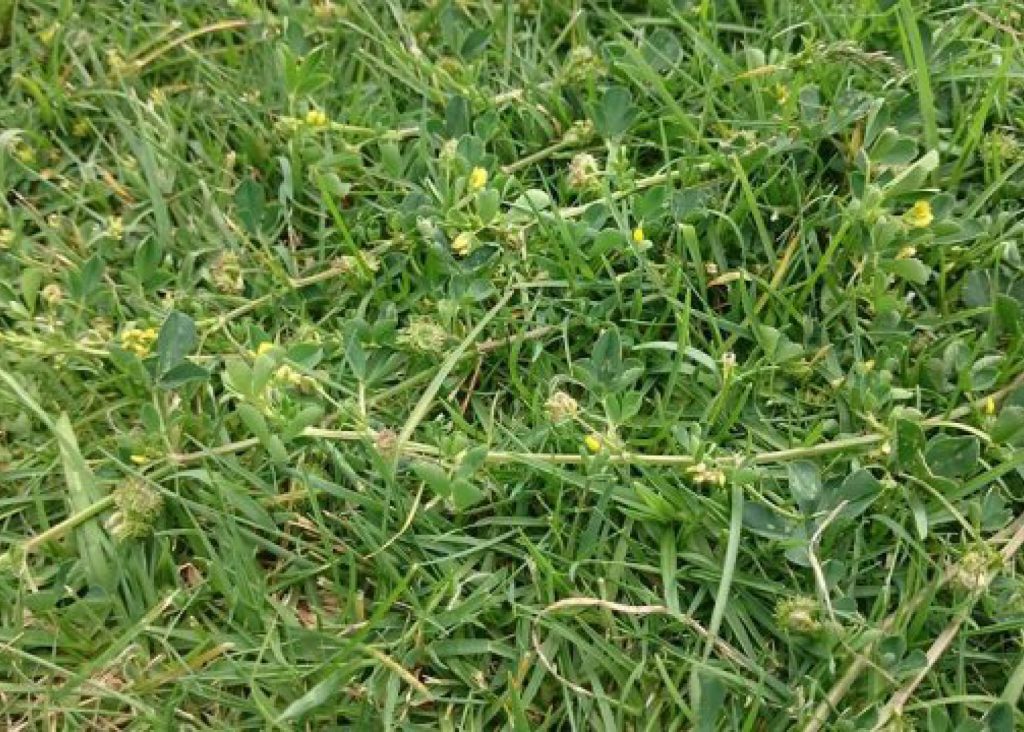 Burr Weed – also known as burr medic – is a creeping trifoliate weed that is found in most parts of Australia but is most common in the southern and eastern states. It is considered an environmental weed in Victoria, New South Wales, and Western Australia. Burr Weed gets its name from its fruit, which is a small spiny burr. These burrs start off green, but eventually turn brown and dry up, releasing the seeds into the surrounding environment.
Burr Weed – also known as burr medic – is a creeping trifoliate weed that is found in most parts of Australia but is most common in the southern and eastern states. It is considered an environmental weed in Victoria, New South Wales, and Western Australia. Burr Weed gets its name from its fruit, which is a small spiny burr. These burrs start off green, but eventually turn brown and dry up, releasing the seeds into the surrounding environment.
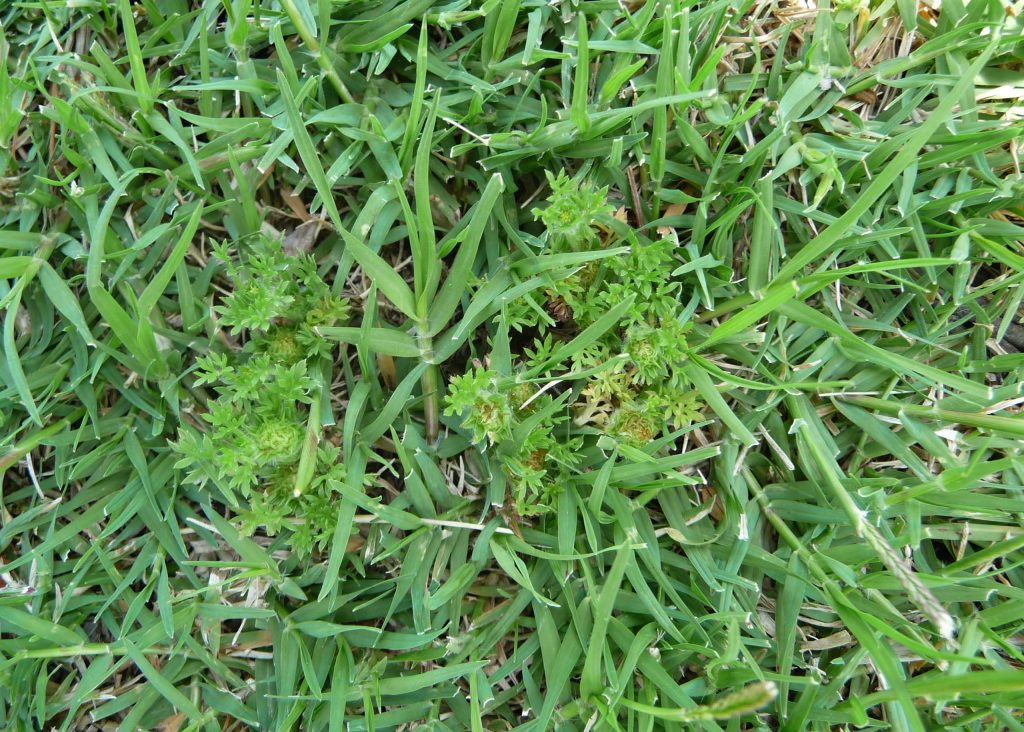 Bindii is a low growing weed and produces a single flower in the middle. At maturity, Bindii produces a prickly seed pod. However, it can be easily treated and removed by common and easy methods. The continuing lifecycle of Bindii weeds really can’t be controlled by regular lawn mowing. Mowing doesn’t control the lifecycle of the weed as seed heads and flowers are below almost all mowing heights. Hand weeding is an obvious and effective treatment for Bindii, as well as turning over the small seedlings. Selective and non-selective herbicides can be used to easily control Bindii.
Bindii is a low growing weed and produces a single flower in the middle. At maturity, Bindii produces a prickly seed pod. However, it can be easily treated and removed by common and easy methods. The continuing lifecycle of Bindii weeds really can’t be controlled by regular lawn mowing. Mowing doesn’t control the lifecycle of the weed as seed heads and flowers are below almost all mowing heights. Hand weeding is an obvious and effective treatment for Bindii, as well as turning over the small seedlings. Selective and non-selective herbicides can be used to easily control Bindii.
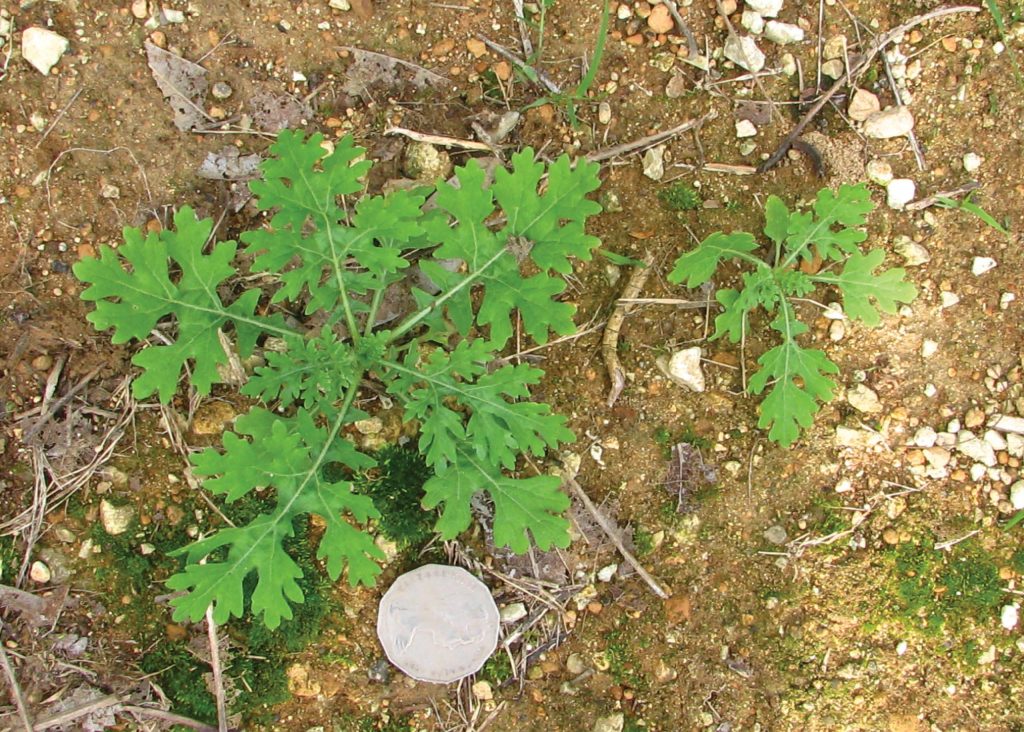 Related to the daisy family, carrot weed (Cotula australis) is a low growing annual or perennial herb that grows in a thin mat with slightly erect, spindly stems.
Related to the daisy family, carrot weed (Cotula australis) is a low growing annual or perennial herb that grows in a thin mat with slightly erect, spindly stems.
Plants have scattered long hairs on the stems and leaves.
It produces yellow or white button-like flower heads, only a few millimetres wide, with no petals.
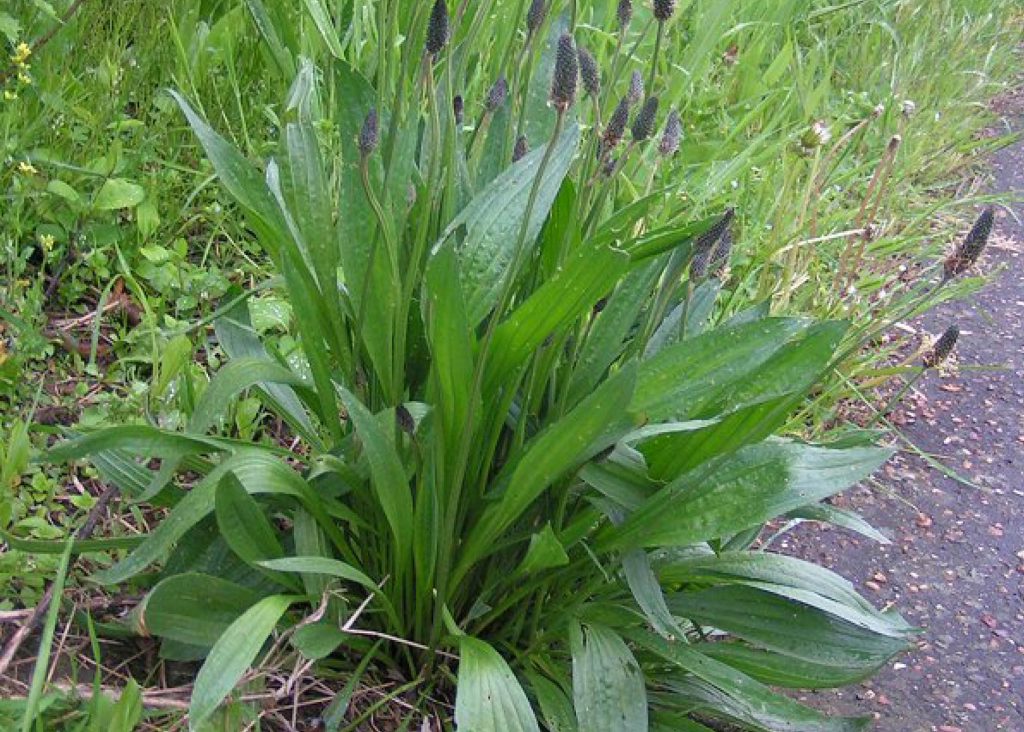 Plantain Weed, also known as Lambs Tongue, is a perennial weed that can be found in lawns. It is commonly found across Australia, but is more frequent on the east coast, especially in the Southern states, and the subtropics of Queensland.
Plantain Weed, also known as Lambs Tongue, is a perennial weed that can be found in lawns. It is commonly found across Australia, but is more frequent on the east coast, especially in the Southern states, and the subtropics of Queensland.
The Plantain Weed has flat leaves with distinct veins and long, thin flowering stems that carry a dense brown seed head. Plantains thrive in poorly established or neglected lawns. This hardy plant can withstand full sun, compacted soils, flooding, and areas of high foot traffic, which means it can grow just about anywhere, including lawns, gardens, roadsides, and footpaths.
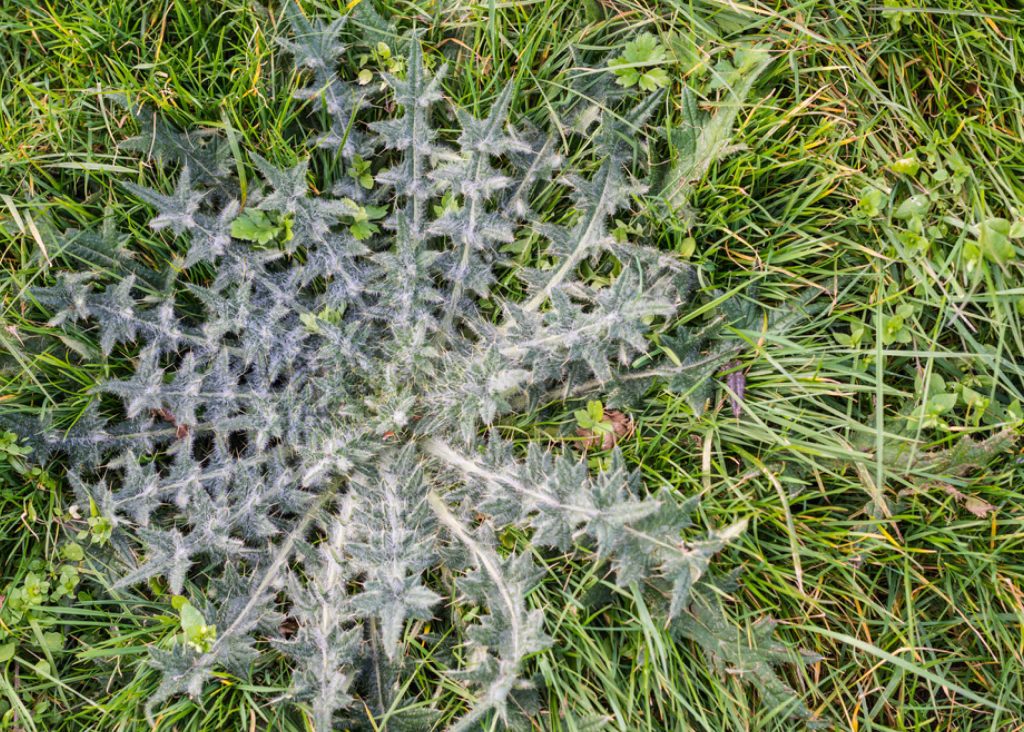 Thistles are a herbaceous annual flowering weed that is known for their tall spiny stems and large, mainly purple, flowers. There are several invasive thistle species in Australia, but the most common in domestic environments are the Scotch Thistle (also known as the Heraldic Thistle), and the Spear Thistle. Thistles thrive in temperate, Mediterranean-style climates, with dry hot summers and cool winters, which means that they tend to grow well in the Southern states. They prefer fertile, well-drained soils, with high levels of nitrogen.
Thistles are a herbaceous annual flowering weed that is known for their tall spiny stems and large, mainly purple, flowers. There are several invasive thistle species in Australia, but the most common in domestic environments are the Scotch Thistle (also known as the Heraldic Thistle), and the Spear Thistle. Thistles thrive in temperate, Mediterranean-style climates, with dry hot summers and cool winters, which means that they tend to grow well in the Southern states. They prefer fertile, well-drained soils, with high levels of nitrogen.
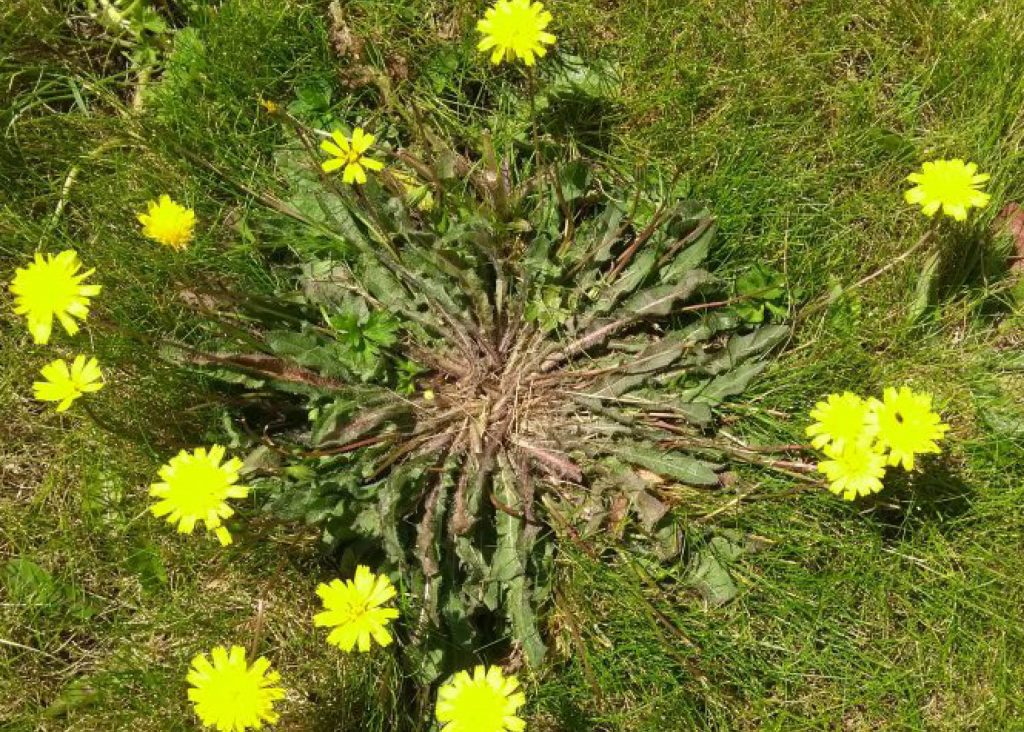 Catsear Weed is a perennial herb, most found in cooler to temperate areas of Australia. The name ‘Cat’s Ear’ comes from the dense hairs that cover the plant’s leaves. It flowers throughout the summer and can become quite a problem in thin, open areas. It reproduces by seed, and each plant can produce as many as 6000 seeds. Soil moisture and light are required for germination, and most seeds will germinate in autumn.
Catsear Weed is a perennial herb, most found in cooler to temperate areas of Australia. The name ‘Cat’s Ear’ comes from the dense hairs that cover the plant’s leaves. It flowers throughout the summer and can become quite a problem in thin, open areas. It reproduces by seed, and each plant can produce as many as 6000 seeds. Soil moisture and light are required for germination, and most seeds will germinate in autumn.
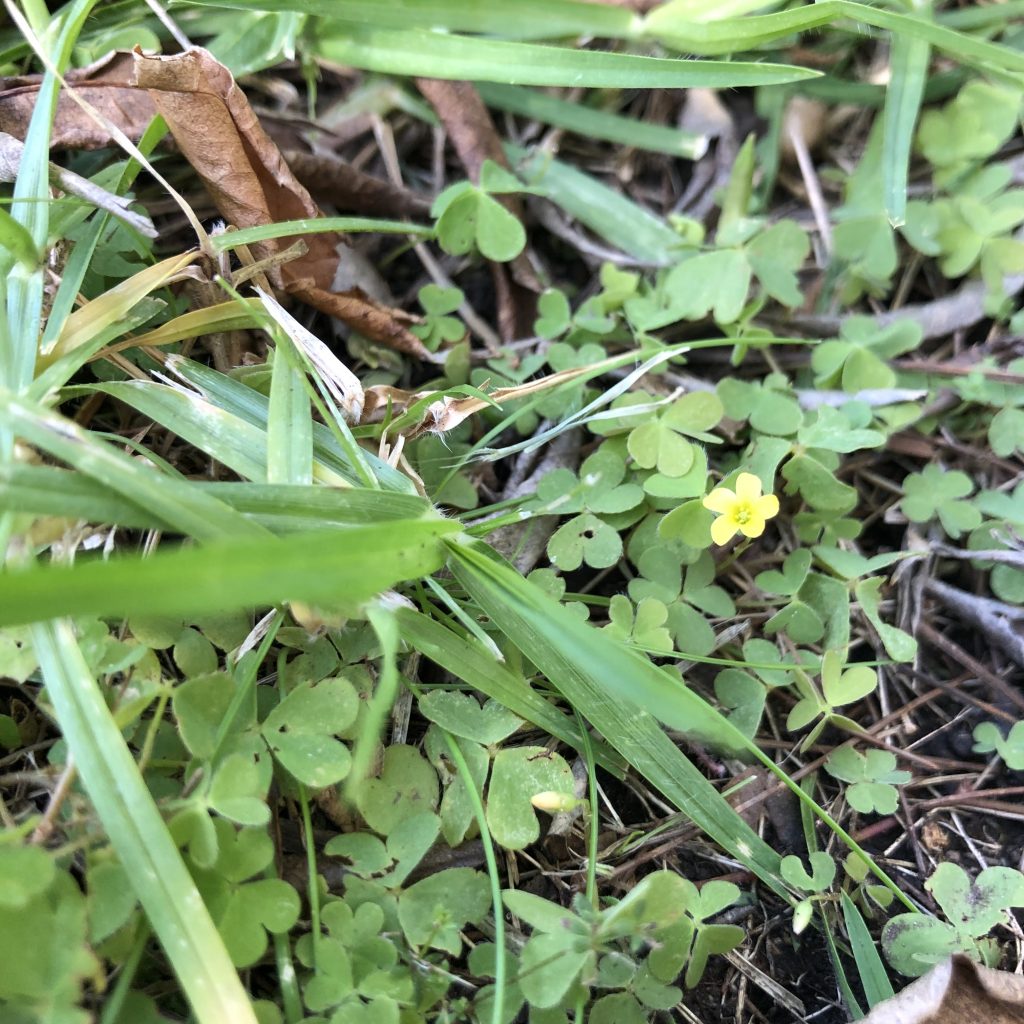 Oxalis can appear like a miniature clover plant, but it bears tiny yellow flowers.
Oxalis can appear like a miniature clover plant, but it bears tiny yellow flowers.
It is a perennial weed, which spreads through interlocking rhizomes that are easy to break apart; these rhizomes eventually produce tiny bulbils.
The seeds of Oxalis are prolific and ejected when ripe from tiny seed pods that look like mini okra.
Anywhere the stem touches the ground the Oxalis weed can root, potentially producing more and more plants.
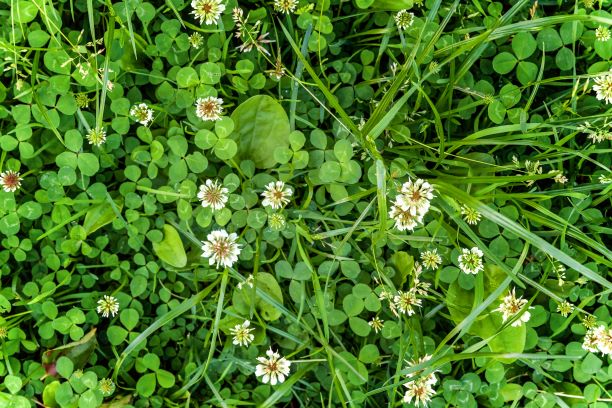 White Clover is a classic, three-leaf clover with bright green leaves adorned with white crescent shapes. White Clover appears from spring through to autumn and usually in thin lawns with nutrient-poor soil. It grows in a creeping manner and will develop roots wherever a stem node touches the ground. The flowers on White Clover are spiky and white with a brownish green centre.
White Clover is a classic, three-leaf clover with bright green leaves adorned with white crescent shapes. White Clover appears from spring through to autumn and usually in thin lawns with nutrient-poor soil. It grows in a creeping manner and will develop roots wherever a stem node touches the ground. The flowers on White Clover are spiky and white with a brownish green centre.
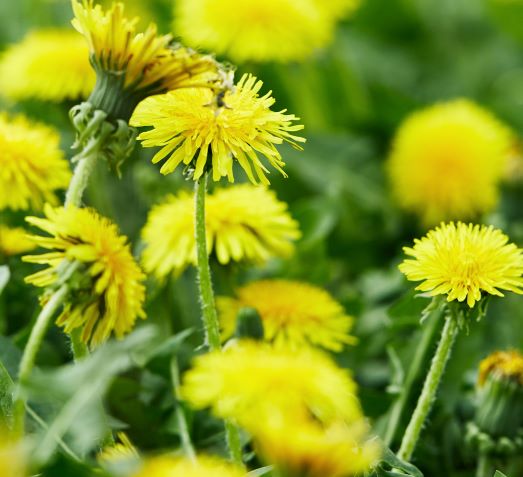 Dandelions have green leaves edged with teeth’ that grow mostly flat to the ground and are distinguished by their bright yellow flowers that fade to form a white puffball.
Dandelions have green leaves edged with teeth’ that grow mostly flat to the ground and are distinguished by their bright yellow flowers that fade to form a white puffball.
They appear in spring and autumn in lawns that aren’t as full and healthy as they could be. Above-ground, Dandelion seeds ride the wind currents, and drop into the slightest opening in your lawn and propagate. Below-ground, the Dandelion weed lays down a taproot up to 25cm long however, pulling the taproot as a means of removal is problematic. The Dandelion’s thick, brittle roots easily split, and any fraction left behind will regenerate.
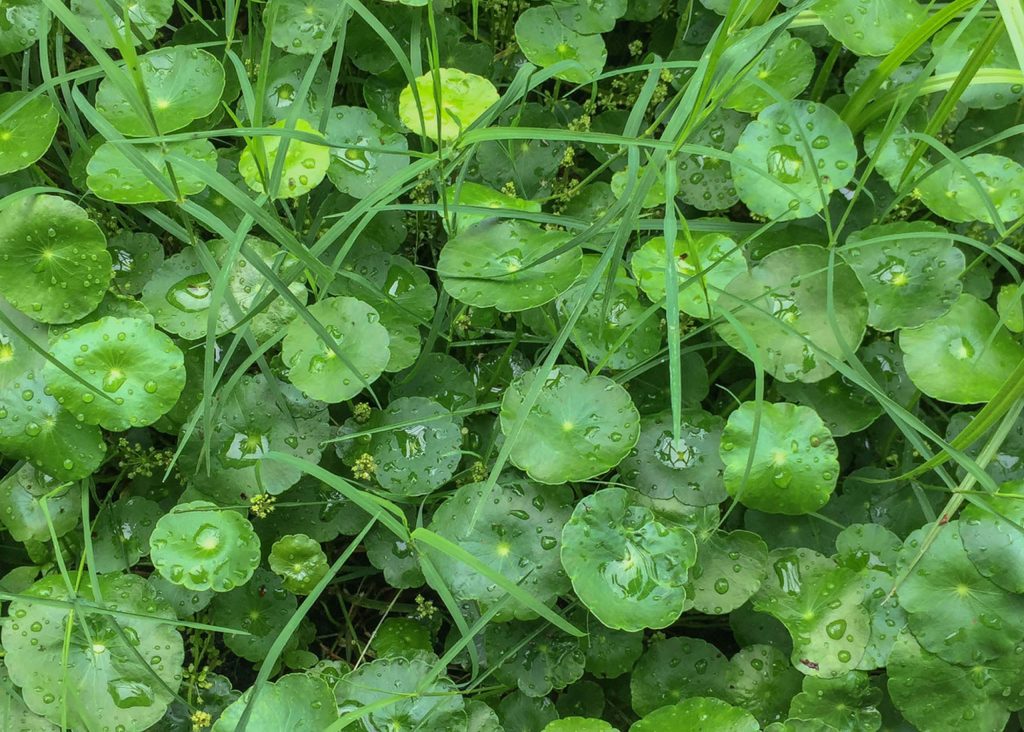 Dollarweed, also known as pennywort, is a perennial warm season weed that typically grows in moist, shady lawns and unplanted areas of the garden. It is a minor weed of lawns and grasses in Australia but can be a nuisance, growing out of control if not managed appropriately. It is widespread in tropical, sub-tropical and warm-temperate regions, and tends to crop up in moist areas of the garden, and alongside creeks and wetland areas. Dollarweed can be recognised by its bright green, glossy rounded leaves with wavy edges, similar in appearance to lilypads. The weeds get their name from their coin-shaped leaves that resemble silver dollars.
Dollarweed, also known as pennywort, is a perennial warm season weed that typically grows in moist, shady lawns and unplanted areas of the garden. It is a minor weed of lawns and grasses in Australia but can be a nuisance, growing out of control if not managed appropriately. It is widespread in tropical, sub-tropical and warm-temperate regions, and tends to crop up in moist areas of the garden, and alongside creeks and wetland areas. Dollarweed can be recognised by its bright green, glossy rounded leaves with wavy edges, similar in appearance to lilypads. The weeds get their name from their coin-shaped leaves that resemble silver dollars.
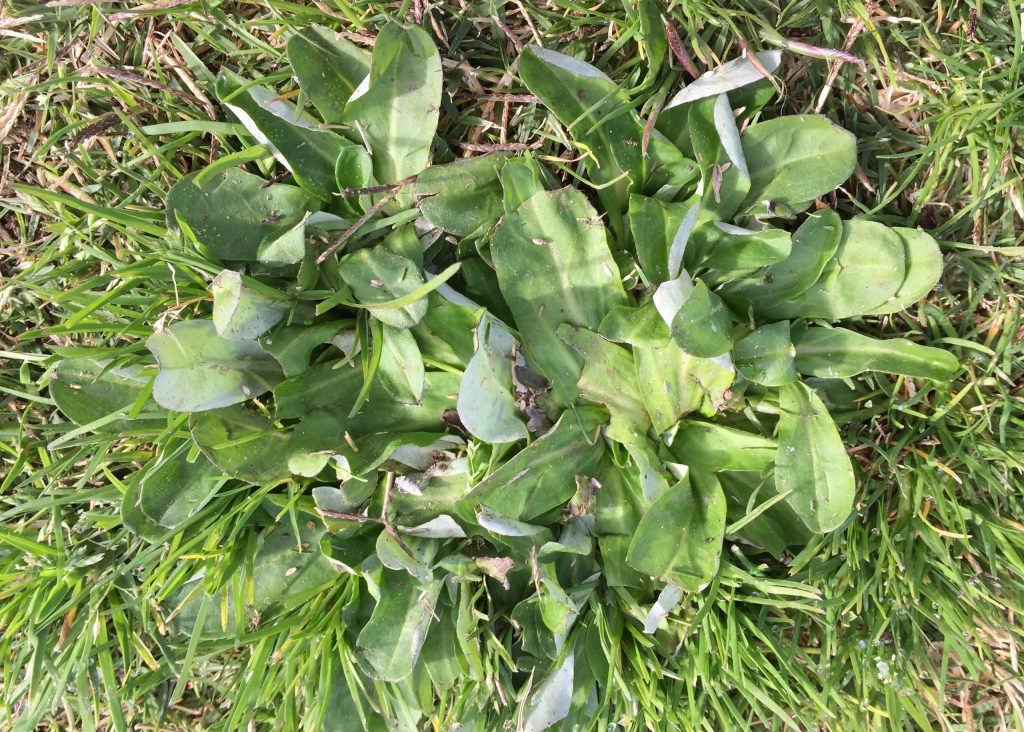 Cudweed is an annual lawn weed that is found across Australia. When established, cudweeds form clumps, which quickly spread across the lawn to create unsightly patches. Seeds are spread by wind and are prolific in number. Cudweeds thrive in low fertility soils. They are regularly found in common lawn or sports turf, and garden beds, but will sometimes grow on the edge of saltwater areas or swamps and disturbed areas.
Cudweed is an annual lawn weed that is found across Australia. When established, cudweeds form clumps, which quickly spread across the lawn to create unsightly patches. Seeds are spread by wind and are prolific in number. Cudweeds thrive in low fertility soils. They are regularly found in common lawn or sports turf, and garden beds, but will sometimes grow on the edge of saltwater areas or swamps and disturbed areas.
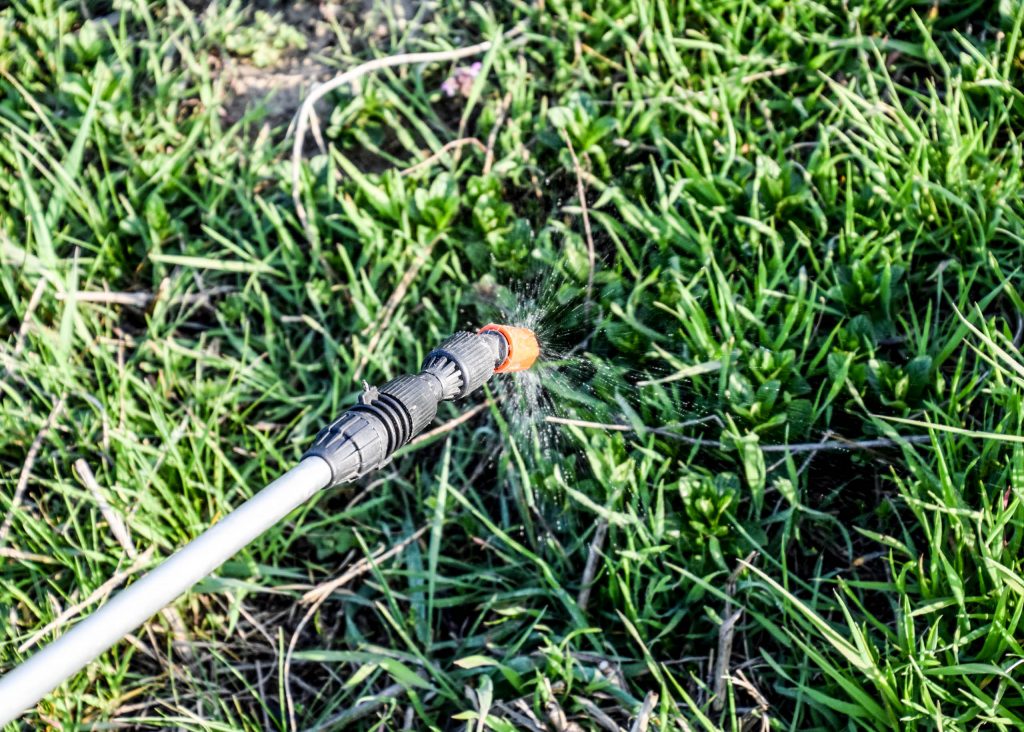 When it comes to controlling broadleaf weeds in your lawn, there are several options, depending on the type of weed, and the level of infestation. In this section, we will go through the different options for safe and effective broadleaf weed control.
When it comes to controlling broadleaf weeds in your lawn, there are several options, depending on the type of weed, and the level of infestation. In this section, we will go through the different options for safe and effective broadleaf weed control.
Broad spectrum, or non-selective herbicides, like glyphosate, are very effective at killing weeds, but they will also kill your grass.
In contrast, selective lawn herbicides are designed to specifically target only one or two weeds, while having minimal impact on the lawn. For this reason, it is very important to be able to identify the weed you are tackling, so you can select the right herbicide for its broadleaf weed control.
The mechanism of action of each selective herbicide is slightly different, so it is important for you to also understand the risks to your lawn. A common concern is whether it is safe to use broadleaf herbicides on Buffalo grass. In short, yes, there are selective broad spectrum herbicides that are safe to use on Buffalo grass, including Indigo Duke 100WG 100gm , a post-emergent liquid herbicide for the control of certain broadleaf weeds.
Make sure to carefully read the label before use, and if unsure, seek professional advice.
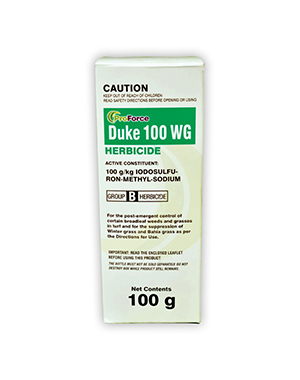
Indigo Duke 100WG 100gm is a very effective post-emergent liquid herbicide that controls certain broadleaf weeds and Winter Grass through suppression. Indigo Duke 100WG should only be used on Kikuyu, Buffalo and Couch grasses. Always read the safety directions and instructions on the product label before use.
SHOP NOW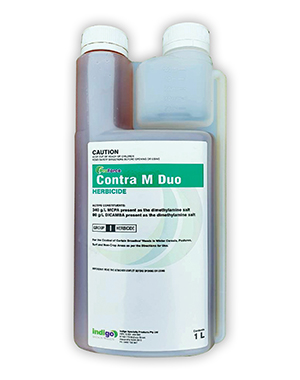
Indigo ProForce Contra M is a reliable, selective liquid herbicide used to control broadleaf weeds, including burr medic. It cannot be used on Buffalo lawns, but is suitable for use on Zoysia, Kikuyu and Couch grasses.
SHOP NOW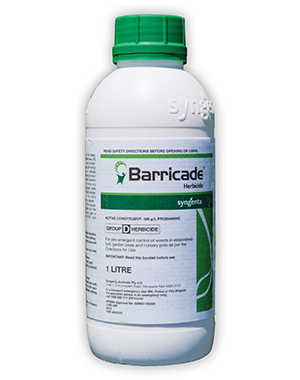
Barricade 1L is a pre-emergent liquid herbicide that controls a wide range of weeds and is suitable for use on Zoysia, Kikuyu, Buffalo and Couch grasses. Always read the safety directions and instructions on the product label before use.
SHOP NOW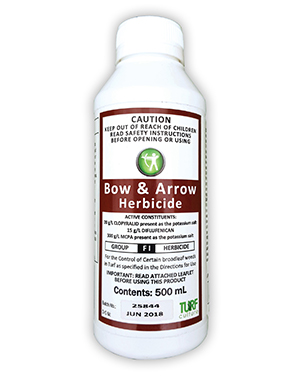
Bow and Arrow 500mL is one of the most effective broadleaf liquid herbicides on the market. Suitable for Zoysia, Kikuyu, Couch and Buffalo grasses however transient discolouration may occur on Kikuyu, Carpet and Queensland Blue Couch lawns. Always read the safety directions and instructions on the product label before use.
SHOP NOWFor more information on leading herbicide treatments for your home lawn, visit myhomeTURF’s online store.
For summer broadleaf weeds, the best time is spring. For winter broadleaf weeds, the best time is autumn. A small weed that is actively growing is easier to eradicate than an established weed that produces seeds.
Pre-emergent herbicides work by preventing weed seeds from germinating, and should be applied before seeds begin to germinate, usually in early spring.
Post-emergent herbicides work by absorbing into the plant itself, usually through the leaves. This category of weed killer is most effective on young, vulnerable plants, so spraying is best undertaken on the appearance of new growth.
The speed at which grass weeds die following the application of a herbicide can depend on several factors, including the maturity of the weed, the size of the infestation, and the health of your lawn.
If applied correctly, you should start to see the effect of the weed killer within 2-3 weeks of application. Some weeds may take longer to die off and may require subsequent applications 6-8 weeks later to completely eradicate the problem.
Most manual removal methods require you to dig the weed out of the ground, using your hands or implement. This can be a tedious task and may not be feasible for large weed infestation. If you do decide to remove your weeds manually, always remove seed heads from weeds, and make sure to completely remove the entire weed root system to avoid the weeds returning.